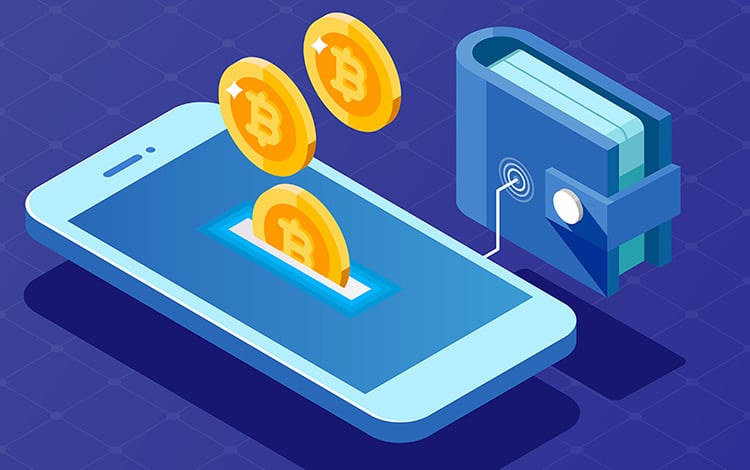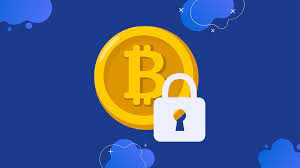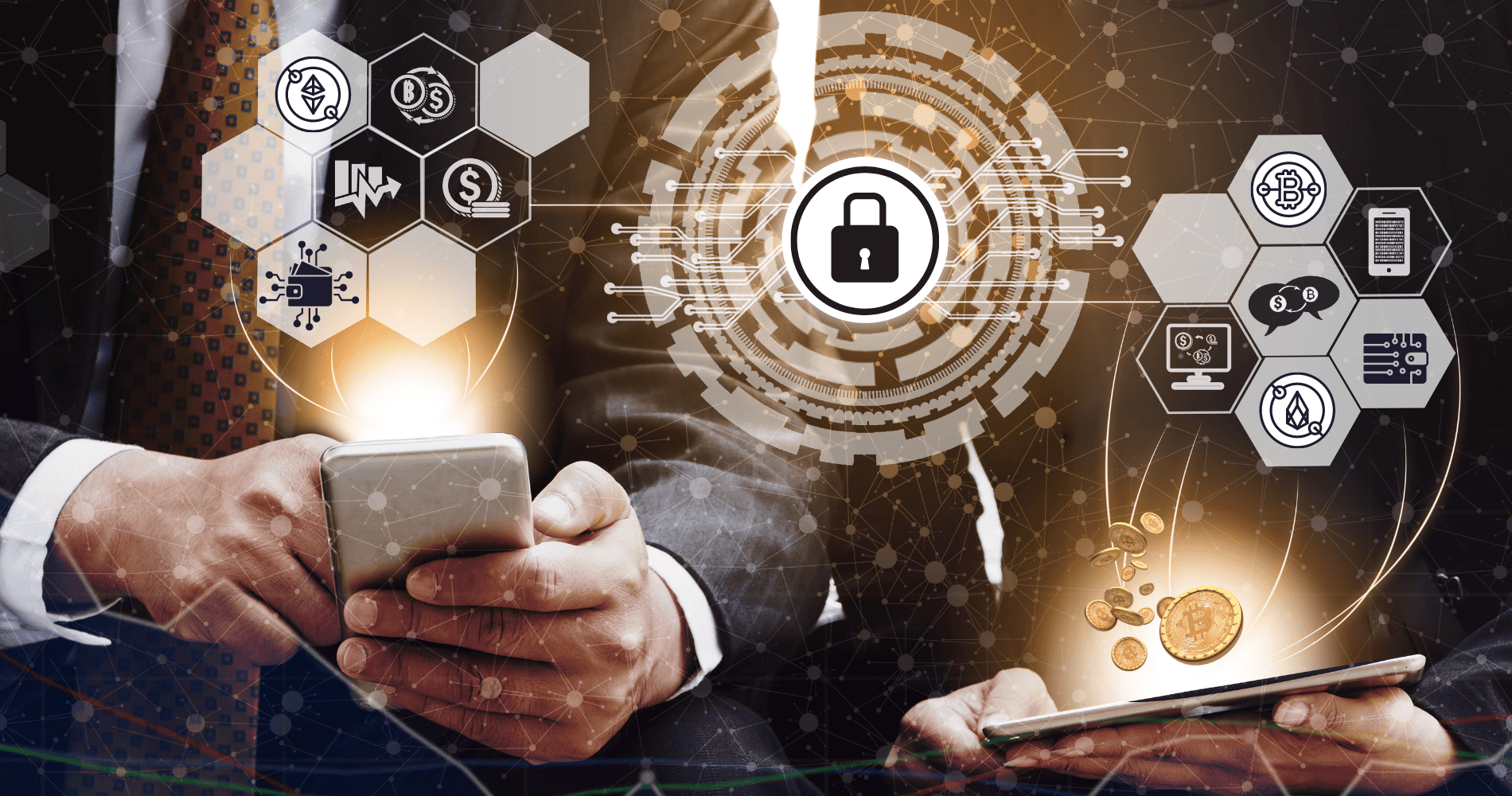Tips to Keep Your Crypto Secure
Gone are the days when a single password was considered to be enough for securing online assets. The rapidly evolving world of digital assets has raised multiple challenges for investors and developers alike. Although the crypto world offers remarkable returns, it comes with several unique challenges.
Securing the crypto assets is one of the leading challenges in this landscape. Investors need to follow a proactive and informed approach to keep their crypto secure.
Understand the Basics of Cryptocurrency Security
With the rising demand for cryptocurrencies, the need for implementing robust security measures has become more critical than ever.
- Private Keys – Private keys are the long randomly generated strings that represent the ownership of the crypto assets. A user can only access the crypto assets if they have the specific private key.
- Public Addresses – Public Addresses are used to receive funds from other users. Although public addresses are associated with private keys, other users can’t access the funds unless they have the private key.
- Two-Factor Authentication – The users can attach an authenticator app to their exchange and wallet accounts to add an extra layer of security.
Choose a Secure Wallet

New investors usually store their crypto assets in the crypto exchange’s wallet. Instead, they should consider storing these assets in secure wallets. The investors can also send and receive crypto tokens to other users using these wallets.
- Hot Wallets – Hot wallets are easily accessible through mobile and web applications. The users can access their assets from anywhere in the world if they have access to the internet. However, these wallets are more susceptible to hacking attacks.
- Cold Wallets – Cold wallets store the crypto assets offline. They enable users to keep their private keys away from potential cyber threats. Hardware wallets are the popular option in this category that provide a high level of security. Ledger Nano X, Ledger Nano S, and Trezor are the leading hardware wallets.
The users need to keep the wallet software updated no matter which type of wallet they’re using. Thus, they can take advantage of the latest security enhancements.
Enable Strong Authentication
The investors need to add an extra layer of defense to keep their crypto secure.
- Two-Factor Authentication (2FA) – Investors can add two-factor authentication (2FA) to their crypto wallets to prevent unauthorized users from accessing their accounts. It’s a widely used security method where users need to provide two types of verification to access their accounts/wallets.
- Biometric Security Measures – Biometric authentication is now available in most crypto wallets. Investors can incorporate this additional security feature to protect their assets.
- Hardware Security Keys – Hardware security keys can’t be compromised by online threats because they’re separate from the computer’s operating system.
- Multi-Signature Wallets – Multi-signature wallets reduce the risk of a single-point failure as they need multiple people or devices to authorize a transaction. The attacker would have to access multiple signatures to access the user’s funds which is quite complicated.
Employ Robust Password Practices
Investors can protect their valuable assets from potential breaches by implementing robust password practices.

- Creating Complex and Unique Passwords – It’s important to use a mix of upper and lowercase letters along with special symbols and numbers. Thus, the hackers have to struggle a lot to decode the password. Similarly, it’s important to use at least a 12-character long password. It’s wise enough to use a password generator to generate a strong password.
- Utilizing Password Managers – With password managers, the account holders don’t need to remember complex passwords anymore. They can access multiple accounts using these password managers.
- Regularly Updating and Changing Passwords – The account holders can limit the exposure window for potential breaches by updating their password every month. Similarly, they need to update their password immediately after using a public network.
- Avoiding Common Password Pitfalls – Avoid using personal information and common dictionary words. The account holders should also refrain from using the same password across different accounts. It can prevent major breaches even if one account is compromised.
Stay Updated About Social Engineering Attacks
Social engineering is one of the leading causes of cryptocurrency theft. Cybercriminals use these manipulative tactics to obtain confidential information from individuals and even organizations. Crypto account holders must stay updated about the tactics being used by criminals.
- Recognize Common Scenarios – Phishing emails are used to persuade users to click on malicious links. The attackers may also reach out to the users as a colleague or a support agent. They may also gain access to the user’s device by offering free software downloads.
- Protect the Personal Information – Investors should refrain from sharing their personal information online, especially on social media.
- Stay Skeptical of Unsolicited Messages – Investors should not share sensitive data or click on links sent through email. They should also avoid sharing information on the phone unless they’ve initiated the call themselves.
- Secure Digital Communications – Multi-factor authentication needs to be applied to social media applications. Similarly, the investors must consider using the platforms that offer end-to-end encryption.
Regularly Monitor Your Accounts for Security
Investors must regularly check their bank accounts, crypto holdings, and social media accounts for potential vulnerabilities.
- Set Up Alerts for Suspicious Activity – Investors can set alerts for unusual activities across bank accounts and credit card accounts. Similarly, they need to set up alerts for email addresses so they may receive an alert if someone tries to access their account from an unfamiliar device.
- Periodically Check Wallet Balances – Long-term investors check their wallets only when they need to make a transaction. Such accounts are a soft target for hackers. Therefore, investors must regularly check their wallet balances to stay updated about unauthorized access.
Conclusion
In the dynamic world of cryptocurrency, security is paramount. Understanding the basics, choosing secure wallets, implementing strong authentication, practicing robust password management, staying vigilant against social engineering, and regularly monitoring accounts are essential steps to safeguard your crypto assets.
We’d be pleased enough to help you if you need more tips to keep your crypto secure. We also invite you to subscribe to our weekly newsletter if you need regular updates about Bitcoin and the crypto market.











